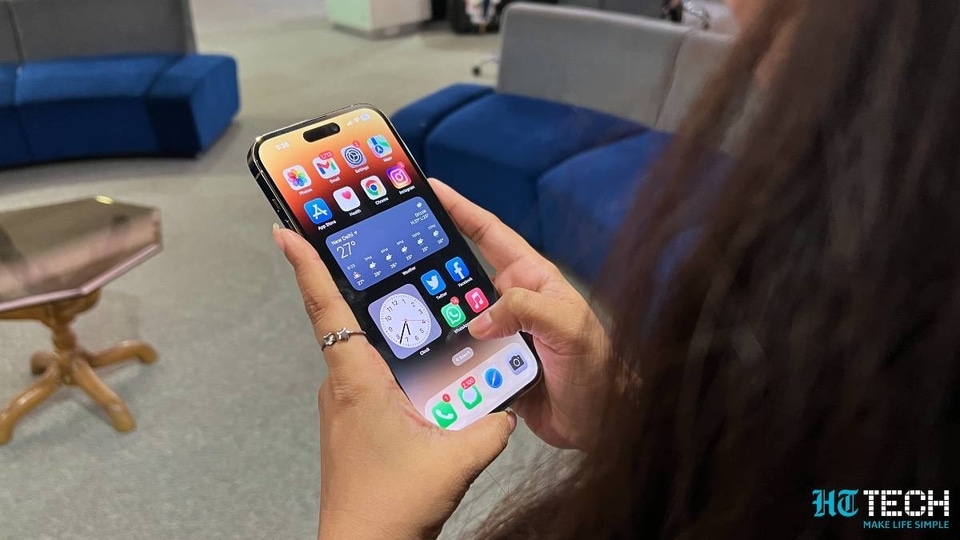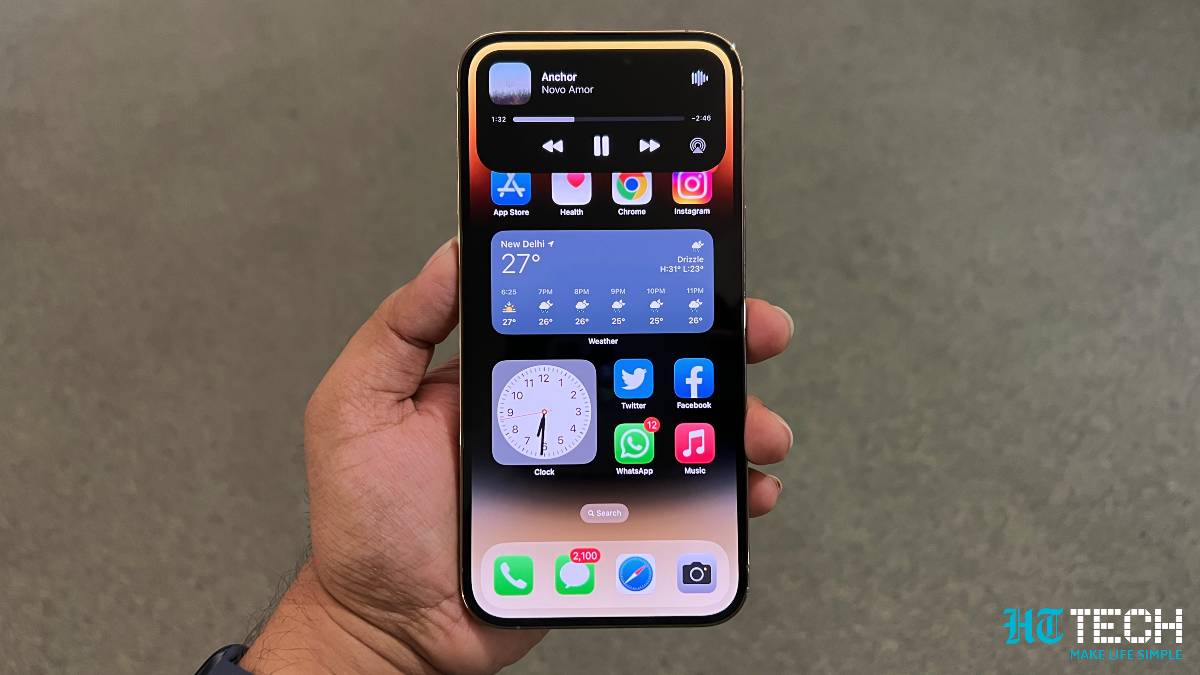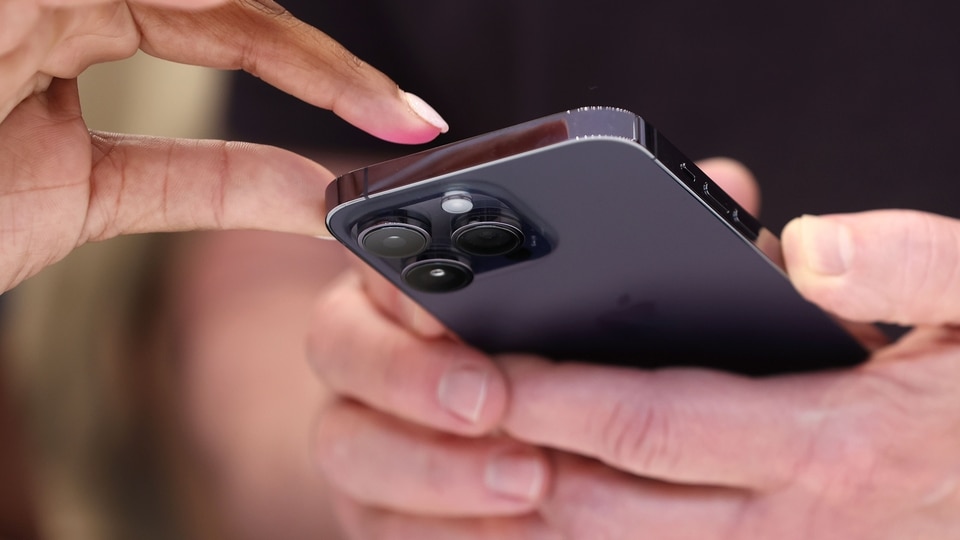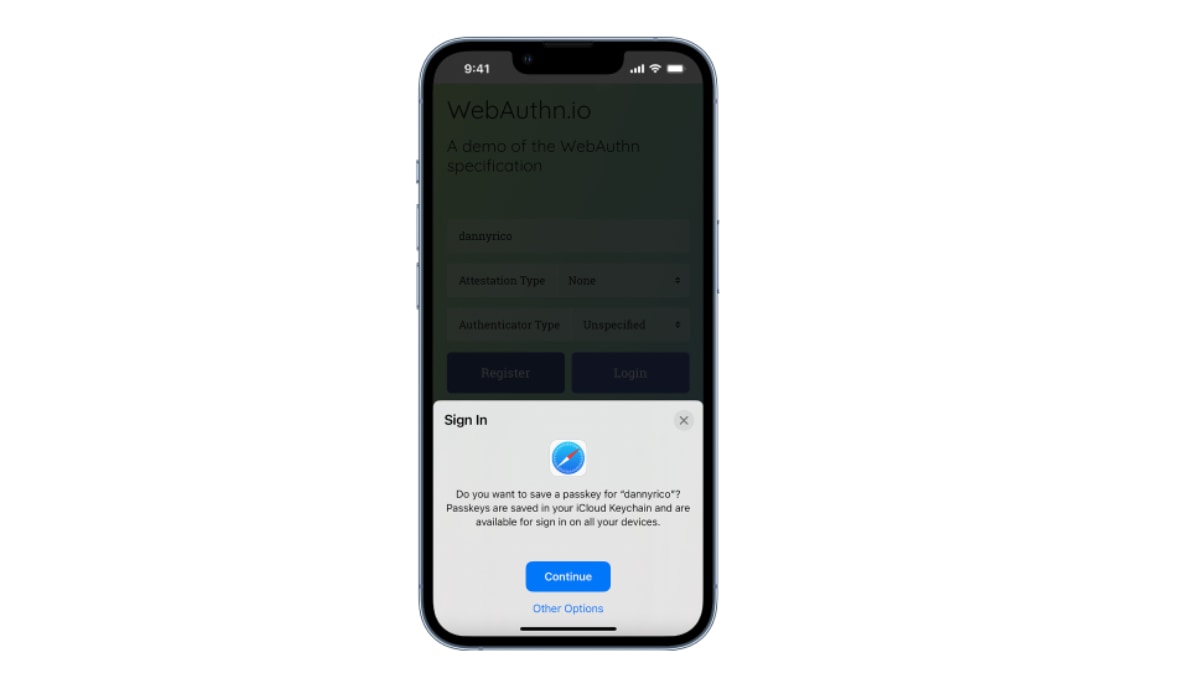Apple iPhone 14 carbon footprint over its lifetime? Just check it out
One iPhone 14 generates roughly 61 kg of carbon in its lifetime. Environmentally sustainable? Check it out.






 View all Images
View all ImagesEnvironmental pollution is now a very big concern for almost everyone including smartphone companies like Samsung, Apple and others. Their yearly manufacturing runs into hundreds of millions of products and all of them leave behind carbon footprints. With focus on making things environmentally sustainable in an effort to slow down climate change, how exactly do the iconic companies deal with the problem? With several smartphone launches every year, it is very important to know about the steps the companies are taking for environmental sustainability. Apple in the month of September launched the iPhone 14 series and people who are using it can know that one iPhone 14, generates roughly 61 kg of carbon in its lifetime— that is equivalent to a single drive from Washington DC to Philadelphia.
Now, if 61 kg carbon footprint is released by one Apple iPhone 14 in its lifetime, imagine, what if we apply to the 237 million iPhones Apple shipped in 2021, and those emissions climb to 15 million metric tons, five times more than Washington DC's annual emissions from fossil fuels. Like so many aspects of our daily lives, from cheeseburgers to cars to new clothes, scale is the difference between negligible climate cost and noticeable climate footprint.
According to Apple's Product Environmental Report for the iPhone 14 Pro, the device releases 65 kg carbon emissions in its life cycle against 69 kg CO2e released by iPhone 13 Pro. The report further informed that the iPhone 14 Pro is made up of 100 percent recycled gold in the wire of all cameras, and 100 percent recycled rare Earth elements in all magnets. The device consumes 54 percent less energy than the U.S. Department of Energy requirements for battery charger systems.


mobile to buy?
Apple has also stated that it is committed to transitioning its entire manufacturing supply chain to 100 percent renewable electricity by 2030.
Counterpoint says, "All the focus on recycled materials has resulted in a drop in carbon emissions throughout the new devices' life cycles compared to last years' iterations. For example, the iPhone 14 has a carbon footprint of 61kg of CO2e, down from 64kg for the iPhone 13, and the iPhone 14 Pro has a carbon footprint of 65kg of CO2e compared to 69kg for the iPhone 13 Pro."
Wondering what is carbon footprint? NASA says, "Measure of the exclusive total amount of emissions of carbon dioxide(CO2) that is directly and indirectly caused by an activity or is accumulated over the life stages of a product. This term is often used in reference to greenhouse gas emissions attributable to persons, industries, or countries."
Catch all the Latest Tech News, Mobile News, Laptop News, Gaming news, Wearables News , How To News, also keep up with us on Whatsapp channel,Twitter, Facebook, Google News, and Instagram. For our latest videos, subscribe to our YouTube channel.





















